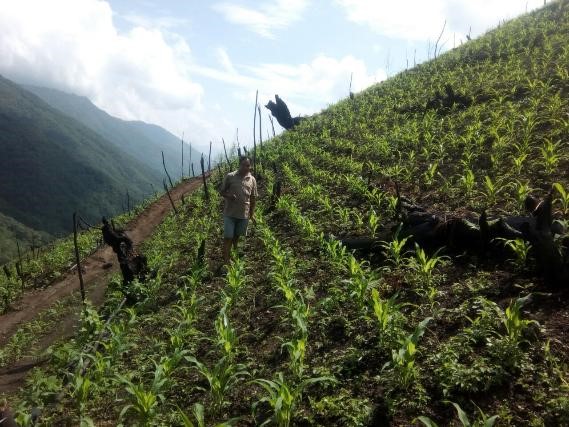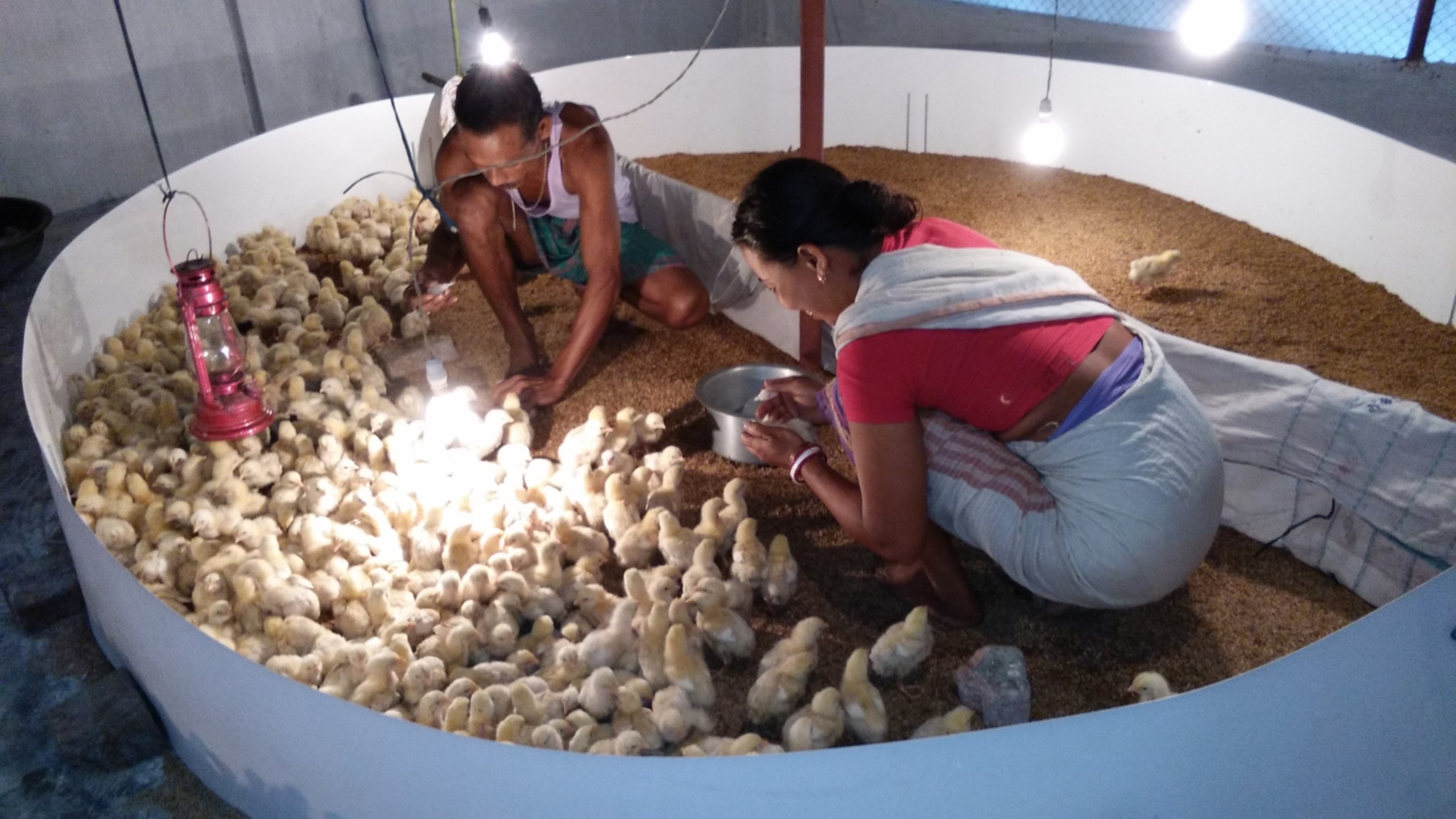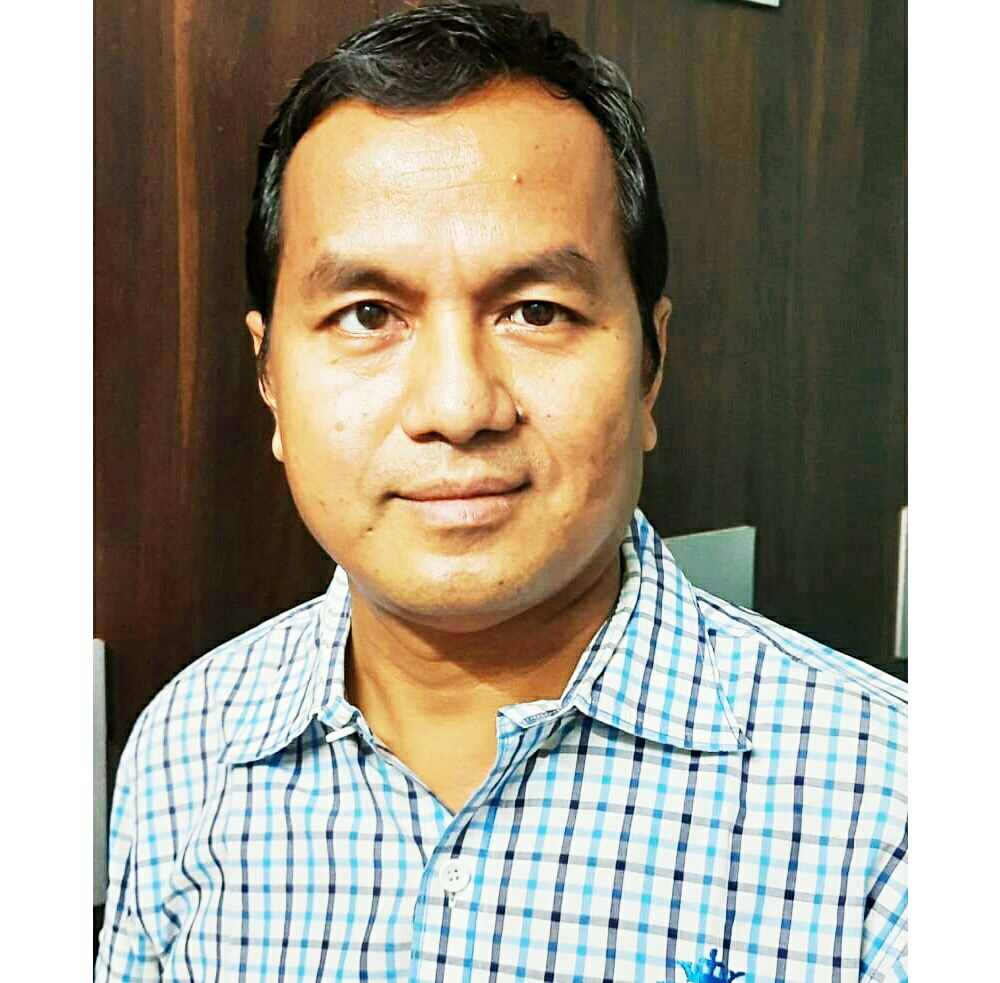There has been little or no interest among funders in looking at the northeast region in our country. But this lack of attention and investment is impacting not only the development of the communities in the eight states of the region but also the economic opportunities that they have access to.
It is therefore important for all of us in the sector–especially funders–to understand the nuances of the region better if we are to improve the development indicators for the country as a whole.
Reasons for lack of funder interest in the Northeast
Twenty years ago, when there was any development report in India and there was data being collected and analysed, there would be data on all the states and then there would be a category called ‘other states’ – which basically comprised Jammu and Kashmir, Sikkim and the seven Northeastern states.

Everyone knows (or ought to know) that Manipur is not the same as Assam, which is not the same as Arunachal Pradesh, and it’s definitely not the same as J&K. But they were still all lumped together as other states.
While today there is state-and district-wise data available, there is still little interest in understanding the region and the issues there. Funders and practitioners find it easier to stay away.
Take the criteria of economic development or per capita income of the population. Contrary to popular opinion, it’s not the districts in the north-central states of India like Jharkhand, Bihar, Chhattisgarh, that are the lowest performing in terms of economic development and per capita income, but those in the Northeast.
If you see the different Human Development Reports published by the UN agencies and Government of India, in a survey where they mapped all the districts in India on multiple parameters, the northeastern states fared well on health and education but did poorly on economic development.
However since the index was a composite comprising multiple indicators–health, education, employability, per capita income, and so on–in the 25 lowest performing districts, there are only one or two from the Northeast. Most of the ‘poor performing’ districts were from Bihar, Jharkhand, Odisha and Chhattisgarh. As a result, the development rupees and investment went to these regions.

The region is considered too far from where most decision makers work and live.
Therefore an index like this was unable to tell the whole story of just how much the northeastern states lagged on the economic development front; this meant that little or no attention was paid to these districts.
We, at the Tata Trusts, did a similar exercise in 2007 where we listed all districts across the country by economic development indicators: we found Tirap and Lower Subansiri in Arunachal Pradesh to be the worst performing districts.
The region is considered too far from where most of the decision makers work and live–Delhi, Mumbai and Bangalore. Second, given the low density of populations served and the distances between local habitations, the costs incurred in running a programme are likely to be higher than densely populated villages in central India. There is also the belief that the ‘impact’ will be less because people ‘reached’ will be lower in absolute numbers.

Population density in the Northeast is lower than the average for India, in part because of the local terrain | Photo courtesy: Tata Trusts
There are assumptions made by decision makers in the large cities regarding the intensity of conflict in the region. There is also a fear of whether the money will go into the wrong hands. And, while that might have or haven’t been the case earlier, it definitely isn’t the case now. The law and order situation has improved significantly across the different states in the region, and in general, the aspirations of the youth have driven the states to become more politically stable.
Even if funders are willing to look at investing in programmes in the Northeast, it is important that they receive adequate support from the local governments. And given the influence that the states exercise on the lives of the people-–most of the employment is provided by government jobs–it is important to work with them.
But in most cases, the priority of the state departments is on how to get more money from the central government. Moreover because there is uncertainty regarding the quantum of funds that can be availed and the time it takes to get this money, there is less priority within the states on preparing a road map for development and improving things on the ground. .
The focus on development of the communities might have been stronger had the states generated their own incomes instead of being heavily dependent on central assistance.
In this context funders can help demonstrate good developmental models and then work towards influencing the priorities of the state governments or autonomous councils.

Local employment is largely provided by the government | Photo courtesy: Tata Trusts
Lessons from our experience in the Northeast
The Tata Trusts have been working in the Northeast for the last 12 years. In that time, we’ve had our challenges but we’ve also learned a great deal from the state governments, nonprofits, communities, and the people in the region.
We believe that the northeastern states need more attention and investment and we hope that our learnings might be useful for funders who are keen to create significant change in an area that has been neglected till date.
If you go by enrolment in primary schools and overall literacy rates, then the northeastern states perform better than the other Indian states. It makes sense then, that donors don’t feel the need to invest in the Northeast, at least in elementary education.
But if you look at health, some of these states are at the bottom of the pile. Assam is the worst performing state in the country when it comes to maternal mortality rates, and the northeastern states put together have the highest incidence of cancer in the country. Nagaland, for instance, doesn’t have a single medical college.
Even in the case of education, there is no data on learning outcomes; so, despite high enrolment, we still don’t know if children are benefitting from going to school. The percentage of students completing a degree course is also abysmally low.
One can’t compare the scale of operations here with other parts of the country. In India we have a population of 382 people per sq km; this is the average number many funders and nonprofits factor in when talking about project outreach, scaling up, and so on.
When we are working in Arunachal Pradesh however, we have to bear in mind that we are working in 15 villages, each of which has only between 40-60 households and is possibly 5 km away from the neighbouring village.
One therefore cannot compare these programmes with projects from other areas and say ”Why are we able to reach 5,000 farmers in Satara with an investment of INR 1 crore while in Arunachal, we can only manage to reach 500 farmers?”
First, you are working with a community whose exposure to the outside world is extremely limited. There is no railway line in Manipur and Sikkim, while Arunachal Pradesh and Sikkim have airports. Most of the states are devoid of good public transport too.
One can’t compare the scale of operations here with other parts of the country.
Second, you are working in a place that is thinly populated; so one shouldn’t compare to mainland states in terms of scale and time required to bring about results. Maybe Tripura and Assam can be compared to the other states in India, in terms of population density, but with the mountainous states, one needs to be more patient.
This cannot be a numbers game.
If as a funder, you and your partners are able to identify the right issues, work on the right kind of projects, and create models and prototypes that show how these projects can be impactful, you can influence where government funding can be directed.
Make the state governments understand that these are issues that matter, these are the right investments, and expose them to new approaches.
For instance, given the demand for pork in the state and the fact that most of it is currently imported from non-northeastern states like Uttar Pradesh and Bihar, can we demonstrate a sustainable piggery model that will encourage a change in the pig breeding policy of the Nagaland government? Or can we influence the Nagaland government to consider that ‘if you are getting a budget of INR 100 for livestock, can you invest INR 80 in piggery and can you do this in a manner that is sustainable?’
There’s also the example of the development of the milk production industry in Manipur. Traditionally the way the supply of milk has happened in this state is that one ties up with a farmer who has one to two cows; they will come to your house and you pay them on a weekly or monthly basis. Now with our intervention, which involves helping the communities form dairy activity groups and providing marketing and supply chain support, Manipur produces, packages and sells packaged milk.
These are not big projects–we started with 5,000 litres per day–now it’s over 10,000 litres per day. But the state now has farmer producer groups and a sustainable means of livelihood–a marked change from the past. The cooperative we worked with, YVU Milk Producer Company, is now the largest market player in dairy products in the state. More importantly, it helped demonstrate a successful model to the state government.
Once you spend enough time with the communities however, there is greater acceptance of the development work than in communities from other parts of India. Most of them are small communities, closely knit, once they accept you, then there is very strong acceptance of the programmes. There is no ambiguity on their part.
The region is extremely diverse in terms of populations that reside there. It is more diverse than the rest of the country put together. We work with so many tribes—micro and minor tribes, some not recognised by the state government, and some whose citizenship is under question. We need to take all of them along.
In many places each village is populated with only one tribe and each one is very different from the other in customs, language, practices. It is therefore important to have diversity in the team that supports the northeastern work.
Generally speaking, no one from the rest of India will want to move there. Therefore, it is important to develop local talent and put time, energy and resources on human resources there. We started from zero. We knew that nobody from Maharashtra or Gujarat would be interested in coming to the Northeast to work on a long-term basis. So, we had to bet on the locals. We did however take the required help and support from across the country.
There isn’t a dearth of qualified people–if you go to TISS Mumbai, there are at least 100 students from the Northeast doing their Masters and PhD. They just need platforms that allow them to earn decent money and do good work.
Above all, be patient.
*Disclaimer: Tata Trusts fund IDR.




